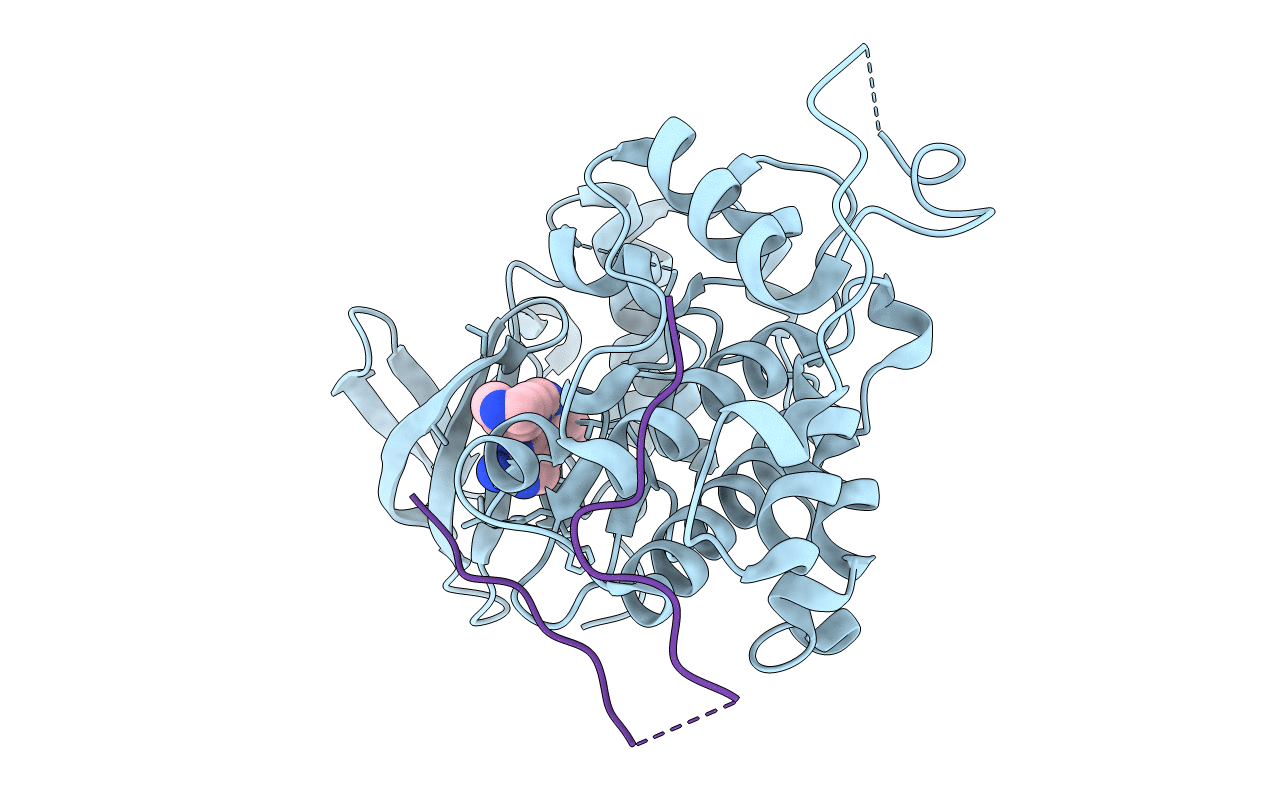
Deposition Date
2017-06-15
Release Date
2018-01-31
Last Version Date
2024-01-17
Entry Detail
PDB ID:
5O90
Keywords:
Title:
Crystal structure of a P38alpha T185G mutant in complex with TAB1 peptide.
Biological Source:
Source Organism:
Mus musculus (Taxon ID: 10090)
Homo sapiens (Taxon ID: 9606)
Homo sapiens (Taxon ID: 9606)
Host Organism:
Method Details:
Experimental Method:
Resolution:
2.49 Å
R-Value Free:
0.27
R-Value Work:
0.24
R-Value Observed:
0.25
Space Group:
P 1 21 1


